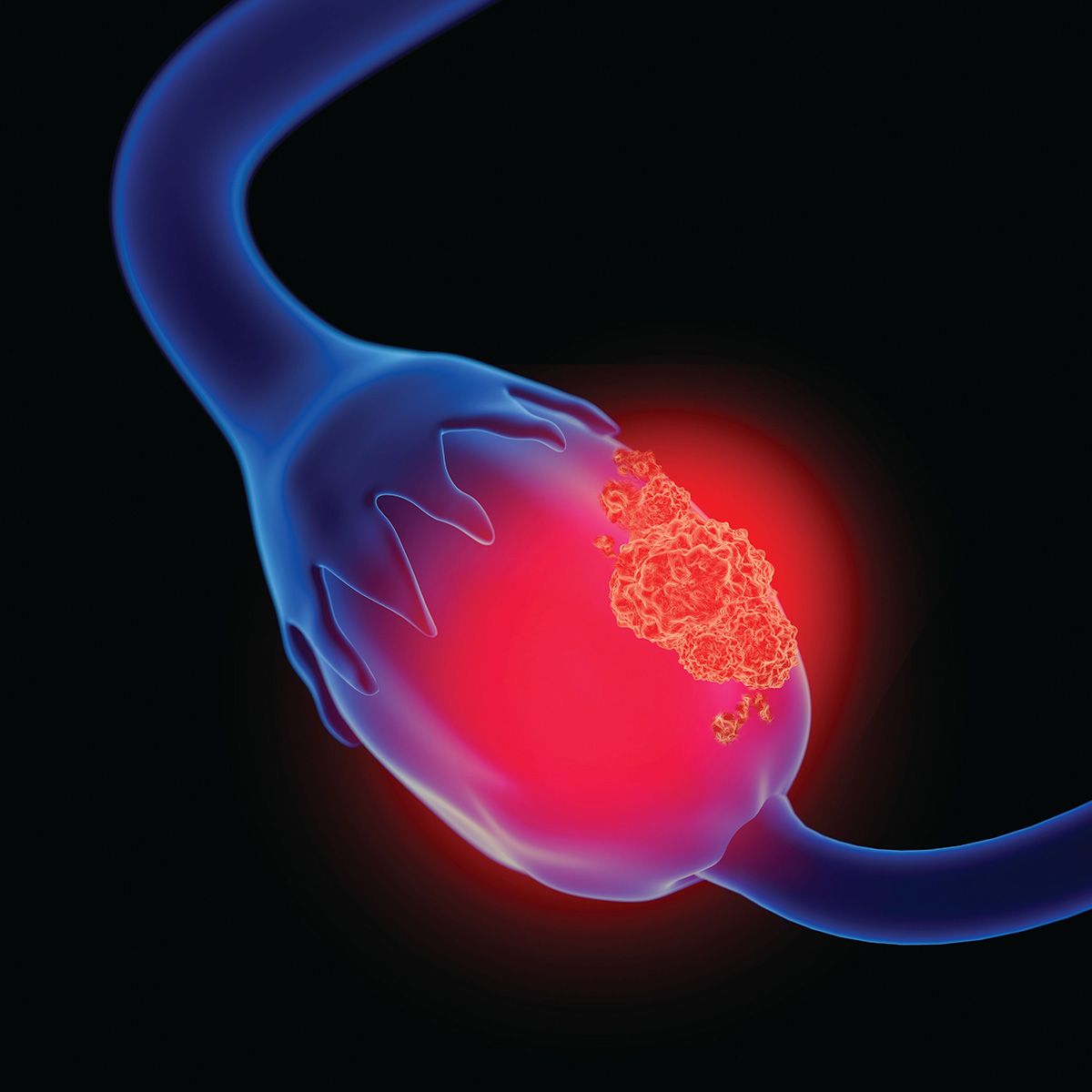Article
FDA Approves Afinitor for Gastrointestinal, Lung Neuroendocrine Tumors
Author(s):
The approval was based on findings from the phase 3 RADIANT-4 trial.
The FDA has approved Afinitor (everolimus) for the treatment of adult patients with progressive, well-differentiated non-functional, locally advanced or metastatic gastrointestinal (GI) or lung neuroendocrine tumors (NET), based on findings from the phase 3 RADIANT-4 trial.1
In the study, median progression-free survival (PFS) was 11 months with the mTOR inhibitor versus 3.9 months for placebo, representing a 52 percent reduction in the risk of progression or death. Median PFS by investigator assessment with Afinitor was 14.0 versus 5.5 months with placebo.
“We found a statistically significant 52 percent reduction in the risk of progression or death in favor of Afinitor and also a clinically meaningful 2.8 fold improvement in PFS,” said lead investigator James Yao, MD, chair of the Department of Gastrointestinal Medical Oncology at the University of Texas MD Anderson Cancer Center, when he presented the data at the 2015 European Cancer Congress.
The FDA approved Afinitor in May 2011 as a treatment for patients with progressive, metastatic pancreatic NETs. This decision was based on a similar positive demonstration of efficacy in the phase III RADIANT-3 study. Median PFS in this group was 11.0 months with Afinitor compared with 4.6 months with placebo.
“Although we knew from previous studies that Afinitor could delay the growth of pancreatic NETs, this is the first time we have been able to conclusively show that it is effective in other NET sites," Yao said. "Our results will provide a new treatment option for lung and gastrointestinal NETs.”
In the RADIANT-4 trial, 302 patients with progressive, well-differentiated, nonfunctional lung/GI NETs were randomized in a 2:1 ratio to receive best supportive care plus Afinitor at 10 mg per day (n = 205) or placebo (n = 97). Tumors were located in the GI tract (n = 175), lung (n = 90), or were of unknown origin (n = 36). The primary endpoint of the study was PFS. Secondary outcome measures included overall survival (OS), response, and safety.
A preplanned interim OS analysis performed after 37 percent of events showed an early 36 percent reduction in the risk of death with Afinitor; however, the OS difference had not yet achieved.
PFS benefits were consistent across subgroup analyses. There was a 50 percent improvement in PFS seen for those with lung tumors and a 44 percent benefit in those with GI NETs, which were located in the stomach, colon, rectum, appendix, cecum, ileum, duodenum, and jejunum. Those with tumors of unknown origin saw a 40 percent improvement in PFS with Afinitor.
Tumor shrinkage of any degree occurred in 64 percent of patients in the Afinitor group and 26 percent of the placebo group. The objective response rate for those in the Afinitor group was 2 percent compared with 1 percent in the placebo arm. The disease control rate was 82.4 percent with Afinitor versus 64.9 percent with placebo.
Data from a subgroup analysis looking specifically at GI NETs further illuminated the benefit in this population.2 In the GI subgroup, median PFS was 13.1 months with Afinitor versus 5.4 months with placebo. In the midgut subgroup, median PFS was 17.3 months with Afinitor versus 10.9 months with placebo. Among patients with non-midgut NETS, median PFS was 8.1 months versus 1.9 months, respectively.
"[Afinitor] is an effective and new exciting treatment option in a disease where we’ve had very few treatment options to date,” lead study author Simron Singh, MD, a medical oncologist at Sunnybrook’s Odette Cancer Centre in Toronto, Canada, said when presenting the data ahead of the 2016 Gastrointestinal Cancers Symposium. “Regardless of prior treatment, the patients appeared to benefit from [Afinitor] across the board."
Adverse events (AEs) were consistent with the known safety profile for Afinitor. Drug-related AEs were mostly grades 1 and 2 stomatitis, diarrhea, fatigue, infections, rash, and peripheral edema. The most common grades 3/4 AEs among Afinitor-treated patients were stomatitis (9 percent), diarrhea (7 percent) and infections (7 percent). Grade 3/4 adverse events were uncommon in the placebo arm.
Patients received Afinitor for a median of 40.4 weeks. The main reasons for treatment discontinuations were disease progression and AEs. Disease progression occurred in 37 percent of patients treated with Afinitor versus 72 percent of those in the placebo arm. AEs accounted for discontinuations in 29 percent and 7 percent for Afinitor and placebo, respectively.
"Afinitor is the first treatment approved for progressive, nonfunctional NET of lung origin, and one of very few options available for progressive, nonfunctional GI NET, representing a shift in the treatment paradigm for these cancers," said Bruno Strigini, President, Novartis Oncology, the company developing the medication. "We are proud of our Afinitor development program, which has translated to meaningful benefits for patients with several different cancers and rare diseases."
In addition to NETs, Afinitor is approved for several indications, including HR-positive, HER2-negative breast cancer in combination with exemestane and for patients with advanced renal cell carcinoma following progression on frontline sunitinib or sorafenib. The agent also holds approvals for subependymal giant cell astrocytoma.
References
- Yao J, Fazio N, Singh S, et al. Everolimus in advanced nonfunctional neuroendocrine tumors (NET) of lung or gastrointestinal (GI) origin: efficacy and safety results from the placebo-controlled, double-blind, multicenter, Phase III RADIANT-4 study. Presented at: 2015 European Cancer Congress; September 25-29; Vienna, Austria. Abstract LBA5.
- Singh S, Carnaghi C, Buzzoni R, et al. Efficacy and safety of everolimus in advanced, progressive, nonfunctional neuroendocrine tumors (NET) of the gastrointestinal (GI) tract and unknown primary: A subgroup analysis of the phase III RADIANT-4 trial. J Clin Oncol. 2016;34 (suppl 4S; abstr 315).




